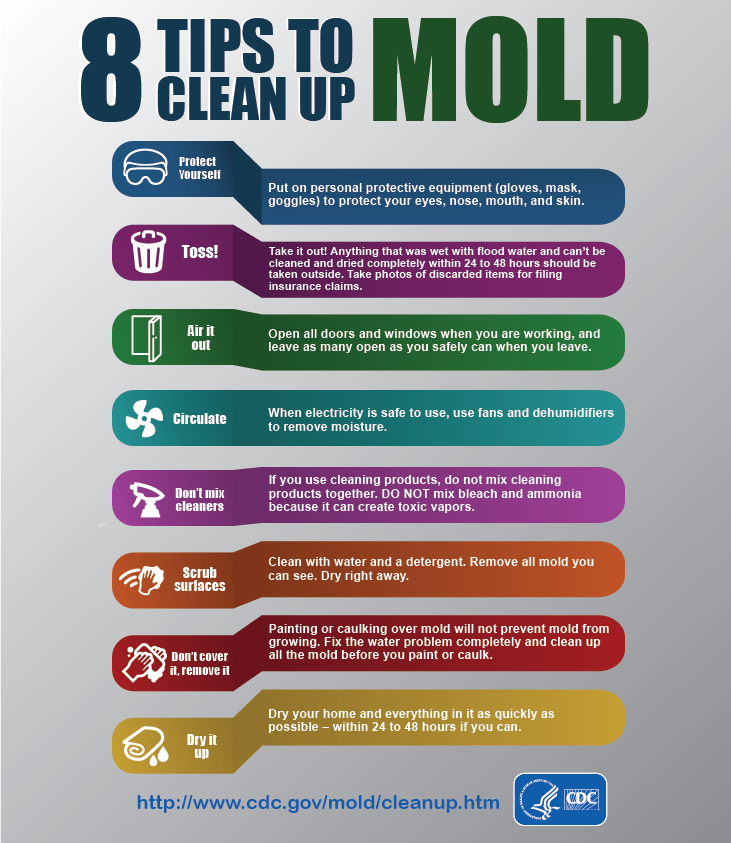
Preventing mold after water damage is crucial for maintaining a healthy home environment. In this article, we will explore effective strategies to prevent mold growth and protect your property following water damage.
Protecting Your Home: Effective Tips to Prevent Mold Growth After Water Damage
Protecting Your Home: Effective Tips to Prevent Mold Growth After Water Damage
After experiencing water damage in your home, it is crucial to take immediate action to prevent the growth of mold. Here are some effective tips to help you protect your home:
1. Remove excess water and moisture: Use a wet/dry vacuum or mop to remove standing water and dry out the affected areas as quickly as possible.
2. Use fans and dehumidifiers: Circulate air and reduce humidity levels to promote faster drying and discourage mold growth.
3. Inspect for hidden water damage: Check for leaks in pipes, roofs, and basements to address any sources of moisture that could lead to mold growth.
4. Clean and disinfect: Thoroughly clean and disinfect the affected areas with products specifically designed to kill mold and prevent its regrowth.
5. Monitor for signs of mold: Keep an eye out for any musty odors, visible mold growth, or signs of water damage in the weeks following the incident.
By following these effective tips, you can significantly reduce the risk of mold growth after water damage and protect your home from potential health hazards.
Frequently Asked Questions
How soon after water damage should I start preventing mold growth?
You should start preventing mold growth immediately after water damage occurs.
What are the best practices for drying out a space to prevent mold?
The best practices for drying out a space to prevent mold include addressing the source of moisture first, using fans and dehumidifiers to increase air circulation and reduce humidity levels, and cleaning up any water damage promptly. Additionally, it’s important to repair any leaks or standing water issues and ensure proper ventilation in the space.
Are there specific products or treatments recommended in Mold Solutions Guide for preventing mold after water damage?
Yes, there are specific products and treatments recommended in the Mold Solutions Guide for preventing mold after water damage.
How can I identify hidden areas where mold might be growing after water damage?
After water damage, you can identify hidden areas where mold might be growing by checking areas such as underneath flooring, behind walls, inside HVAC systems, and within ceiling tiles. Use moisture meters and thermal imaging to detect hidden moisture that can lead to mold growth.
Is it necessary to hire professional help to prevent mold growth after water damage, or can I do it myself following the Mold Solutions Guide recommendations?
It is recommended to hire professional help to prevent mold growth after water damage, as they have the expertise and tools to effectively address the issue. Following Mold Solutions Guide recommendations can be helpful, but professional assistance ensures thorough and proper remediation.
In conclusion, it is crucial to act swiftly and thoroughly when dealing with water damage to prevent mold growth. By following the steps outlined in this guide, you can effectively mitigate the risk of mold infestation and safeguard your property and health. Remember, prevention is key when it comes to protecting your home from the harmful effects of mold. Stay informed, stay proactive, and prioritize a safe and mold-free environment.
![]()